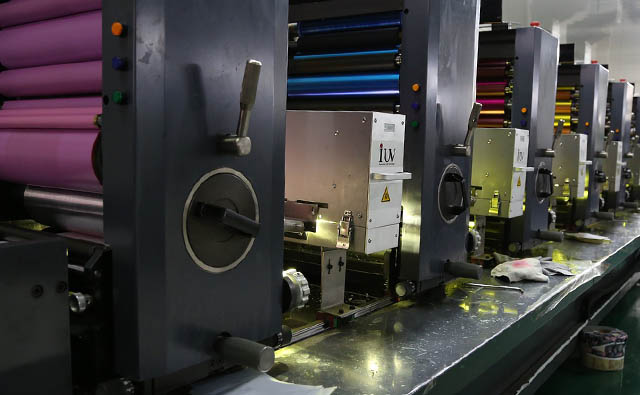Industry News, Inks
Raw Materials, Consolidation Impact the Global Ink Industry

Industry News, Inks

On the surface, the global ink industry had a fairly stable year in 2017. For the most part, printing ink sales remained steady or grew slightly, and the primary printing trends – digital printing making greater inroads, packaging growing, and publication and commercial printing continuing to decline – remained steady.
Raw materials are the biggest concern. A shortage of a critical precursor of photoinitators led to major price increases and difficulty in keeping up with UV inks and coatings. Pigment supply is a concern, as China has placed a significant emphasis on improving its environment and shutting down offenders, leading to plant closures. Overall, raw material costs are on the rise.
The ink industry saw further consolidation within its customer and supplier bases, while also seeing a few significant mergers within its own ranks. On the ink side, T&K Toka made the largest move, acquiring Royal Dutch Van Son Holland Ink, the 16th largest ink manufacturer in the world with $130 million in sales in 2016.
Siegwerk was active, adding Agfa’s UV inkjet ink division as well as Tupahue Tintas, a family-owned Brazilian flexo and gravure ink and varnish manufacturer, and Van Son Liquids B.V., which produced water-based flexo and gravure printing inks. Wikoff Color also made a significant move in the South American packaging ink field, acquiring Verti Produtos Químicos.
In the US, Sun Chemical acquired UV ink specialist Joules Angstrom UV Printing Inks, as well as PPG’s metal deco ink segment. In southern Europe, Flint Group added Eston Chimica SRL, a flexo and gravure water-based inks specialist located in Italy.
There were three billion-dollar mergers in the printing industry: Multi-Color adding Constantia Flexibles’ Labels Division, Coveris Holdings selling its Americas packaging business to Transcontinental, and Graphic Packaging combining with International Paper’s North American Consumer Packaging business.
Perhaps most interesting, at least three multi-billion-dollar mergers were shut down. The Clariant-Huntsman consolidation was halted. In what would have been a major move, Smurfit Kappa fended off International Paper’s attempt to acquire them. Fujifilm’s attempted purchase of Xerox was shut down.
There are undoubtedly more changes ahead for the ink industry, and with consolidation and raw material volatility on the rise, the next 12 months will likely be challenging for the industry.
| Company | Ink & Graphic Arts Sales |
| DIC/Sun Chemical | $4.60B |
| Flint Group | $2.50B |
| Sakata INX | $1.31B |
| Toyo Ink | $1.30B |
| Siegwerk Group | $1.08B |
| Hubergroup | $990M |
| T&K Toka | $432M |
| Tokyo Printing Ink | $408M |
| Fujifilm North America | $400M |
| SICPA | $375M |
| ALTANA AG | $330M |
| Dainichiseika Color | $272M |
| Wikoff Color | $190M |
| Yip’s Chemical Holdings | $179M |
| Uflex | $110M |
| Sanchez SA de CV | $104M |
| Marabu GmbH & Co. KG | $100M |
| Xinxiang Wende Xiangchuan | $100M |
| Zeller+Gmelin | $100M |
| Daihan Ink | $90M |
| Letong Chemical | $75M |
| Bordeaux Digital PrintInk Ltd. | $60M |
| Epple Druckfarben | $55M |
| RUCO Druckfarben | $40M |
| *Ink World estimate | |